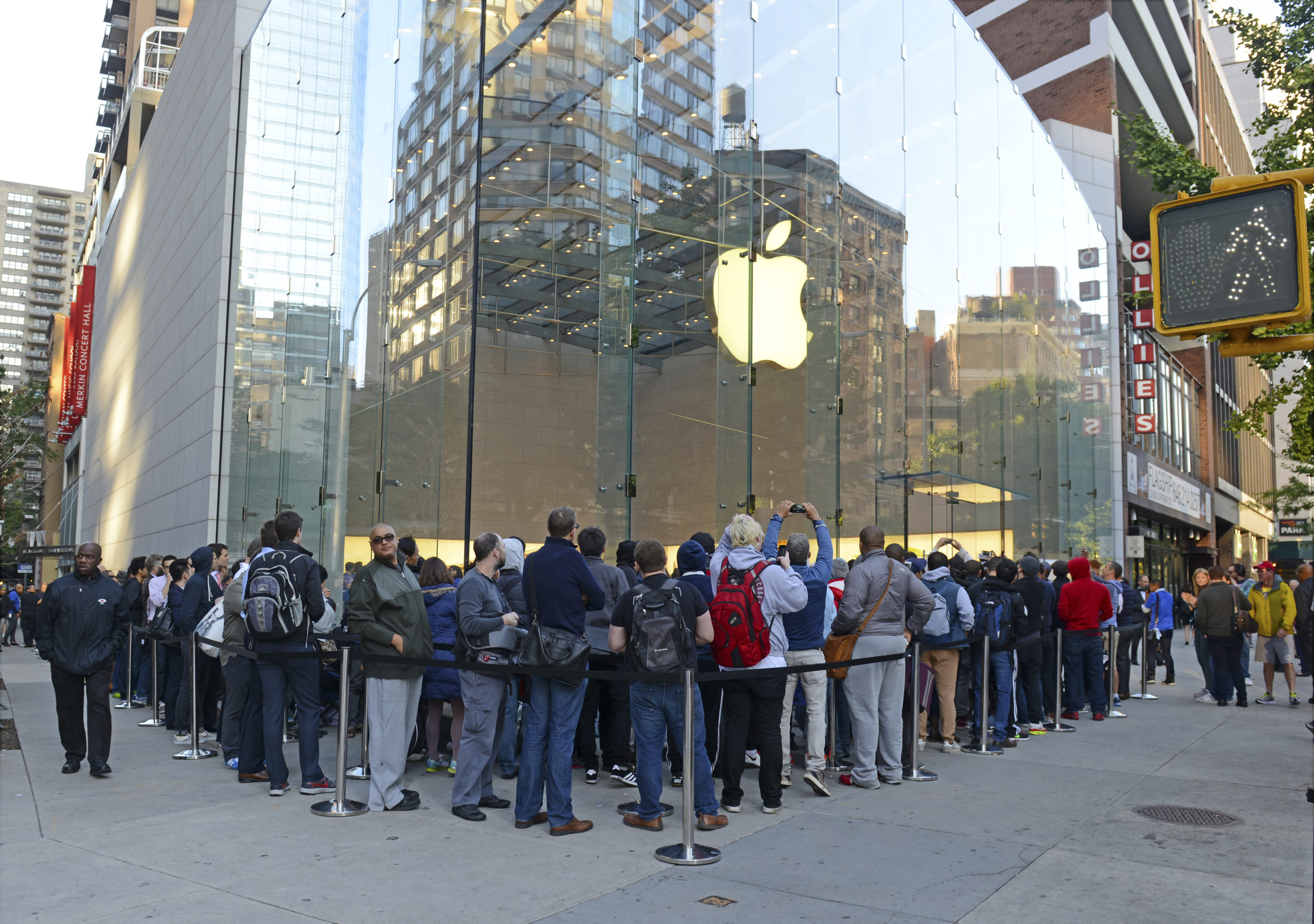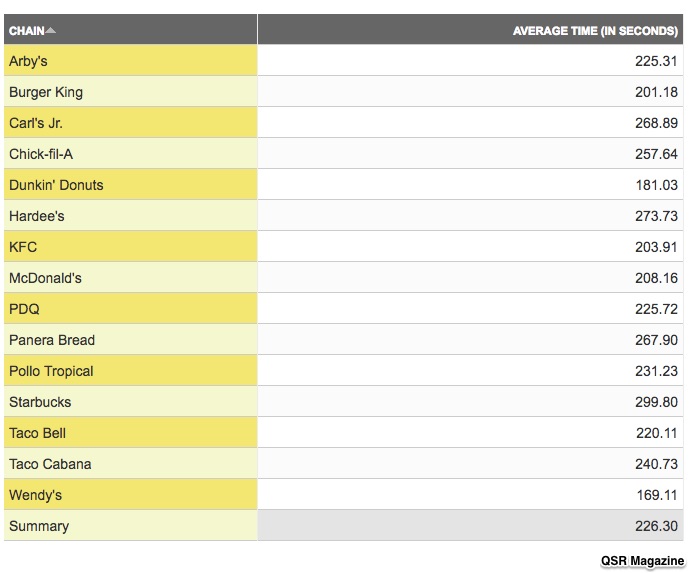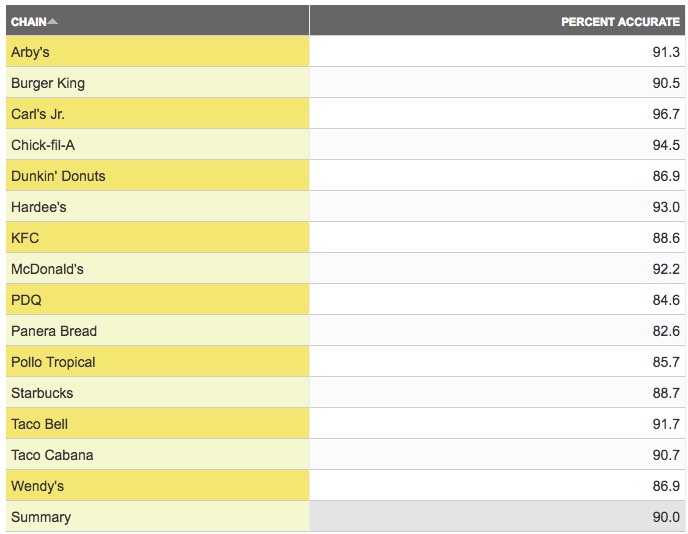Apple’s iPhone X went on sale Friday. At their Palo Alto store, the first person in line arrived Tuesday evening at 9:30. By late Thursday the queue was described as “75+ chairs long.”
This is the video of the Palo Alto store’s opening moments:
While Apple’s lines are certainly about Apple, they also say much more about us.
Three Kinds of Queues
For most of us, lines involve three possibilities. Sometimes we have no choice. Our queue is unavoidable. At other times we can refuse to wait. And yes, the third possibility is when we want to wait for something.
Mandatory Queues
You know the list. At the airport, we wait to pass through security checkpoints. There are also lines we cannot avoid at government-related offices like the DMV.
The characteristics of a pleasant queuing environment include distractions like TVs, music, and employee visibility. Have you encountered any where the lines are mandatory? Studies have indicated that one way to feel better is having more people behind us. We get comfort from knowing others will have a longer wait.
Optional Queues
Research indicates that (under normal circumstances) we are only willing to make a quick stop at the ATM–no more than 3 minutes. And just slightly longer–3.6 minutes–in convenience stores. Meanwhile, we will stand in line for 8 minutes in a drugstore.
For their drive-thru, my barista friend Josh explained that Starbucks has colored lights for its baristas. When they are not moving fast enough, the lights create the pressure to accelerate service. So I was surprised to see (below) that Starbucks had the longest drive-thru wait–considerably longer than Dunkin’ Donuts (2016):
For accuracy, Starbucks was slightly ahead of Dunkin’ Donuts:
Desirable Queues
Those people happily waiting for the iPhone X might have been signaling that they were trendy techies. Similarly, that 20 minute wait at Shake Shack confirms your foodie status. A night club, a restaurant, an art exhibit could also attract individuals who value the service or product more than their time. One researcher found that art lovers were happy to wait an average of 59 minutes to see a Paul Gaugin exhibit.
Our Bottom Line: Cost
One common denominator for all three scenarios is time. When the wait actually exceeds or just seems to exceed our expectations, its cost increases. That cost can determine when we abandon the queue. Or, it can make an essential queue ever more frustrating.
My sources and more: Apple’s lines are only the beginning. Understanding queue psychology leads to a host of other articles like this one from the Atlantic. Then, for the academic research, Psychology Today had a good overview as did Chicago Booth and Freakonomics. Finally, for some fun, fast food wait times are discussed here and the iPhone X lines, here.








